
By confining the transport of electrons and ions in a patterned thin film, scientists alter the material's properties for next-generation electronics.
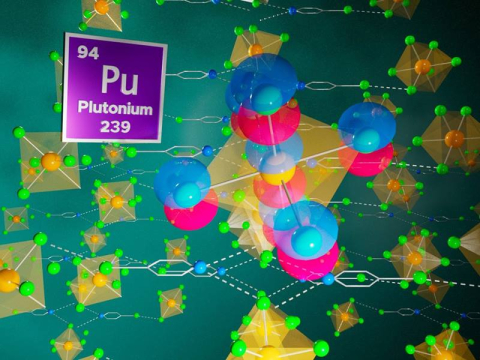
Researchers combined crystallographic data and computational studies to investigate plutonium-ligand bonding within a hybrid material construct.
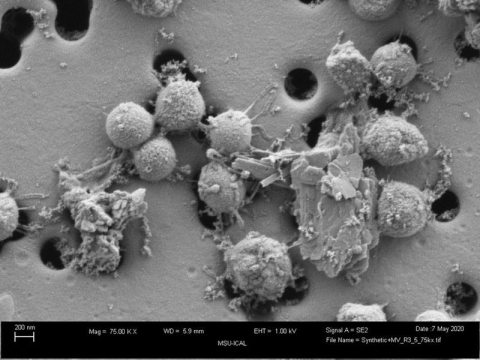
Understanding how methanogenic bacteria can “bio-mine” minerals advances biotechnology and helps scientists understand the Earth’s geological history.

Interfaces made by stacking certain complex oxide materials can tune the quantum interactions between electrons, yielding exotic spin textures.
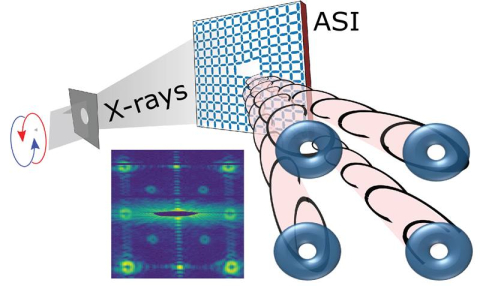
Patterned arrays of nanomagnets produce X-ray beams with a switchable rotating wavefront twist.
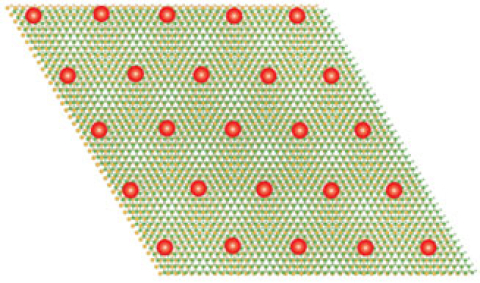
Researchers detect an exotic electron phase called Wigner crystal in tungsten diselenide/tungsten disulfide moiré superlattices.
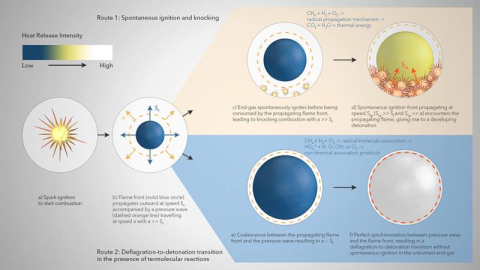
Scientists analyzed detonation formation in hydrogen/methane air mixtures, quantifying the effect of non-thermal reactions on the mechanism of detonation.
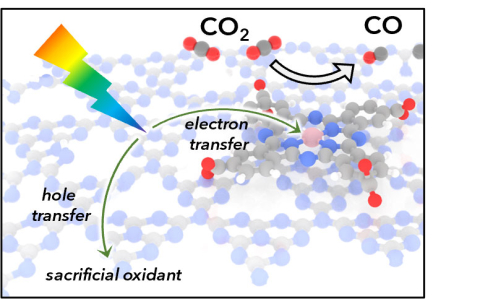
A molecular catalyst integrated with a carbon nitride semiconductor harvests sunlight to rapidly and selectively convert carbon dioxide into carbon monoxide.

Researchers develop the first 2D telecommunication-compatible quantum light source, smoothing the path toward a quantum internet.
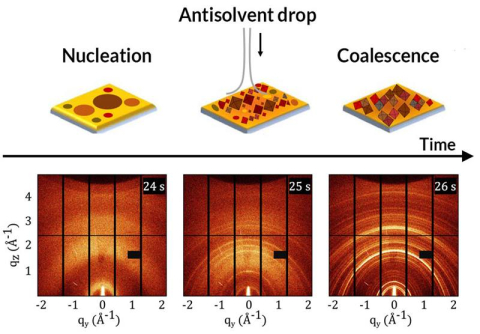
Using two methods is better than one when it comes to observing how solar cells form and improving cell properties.

